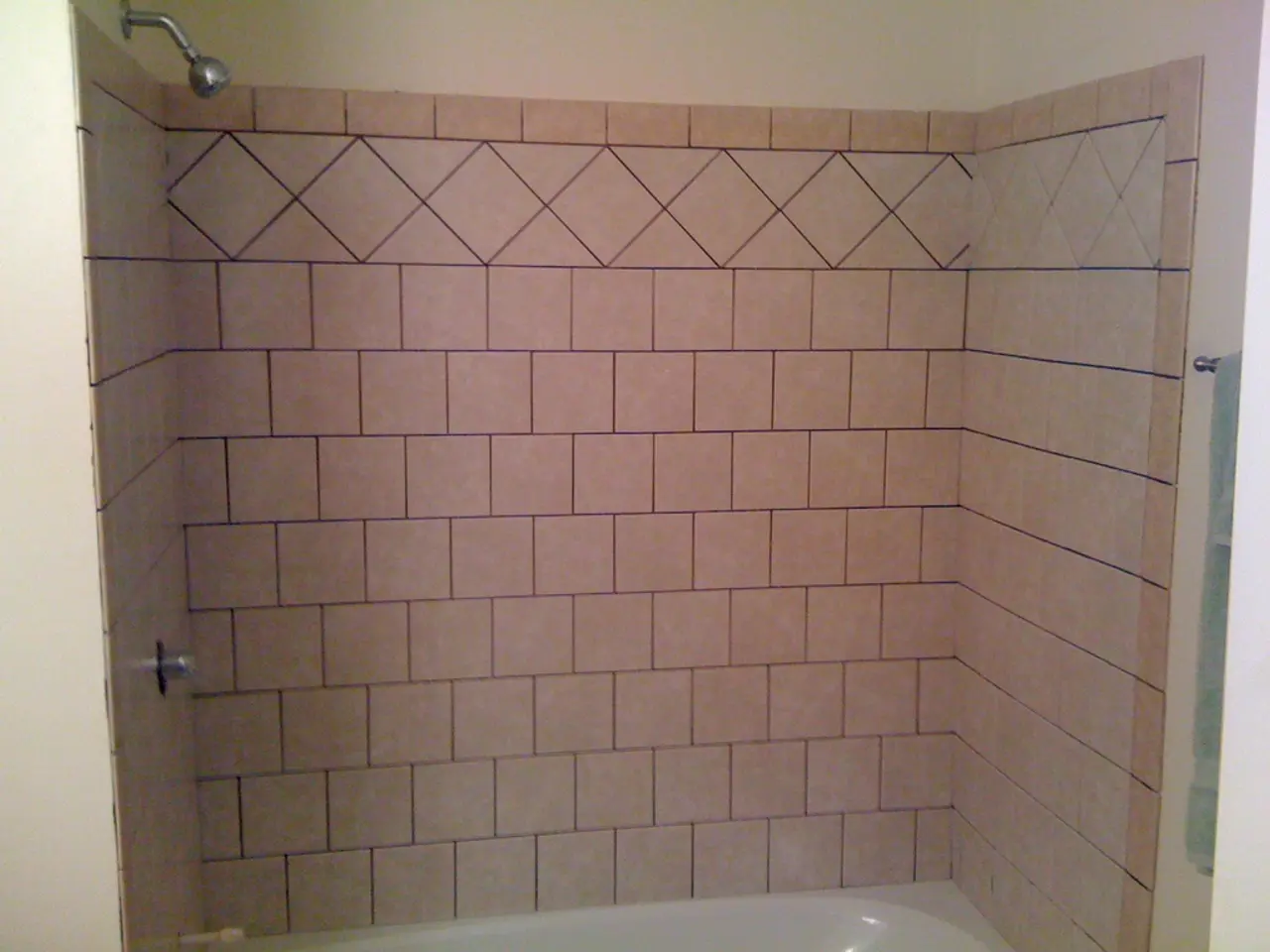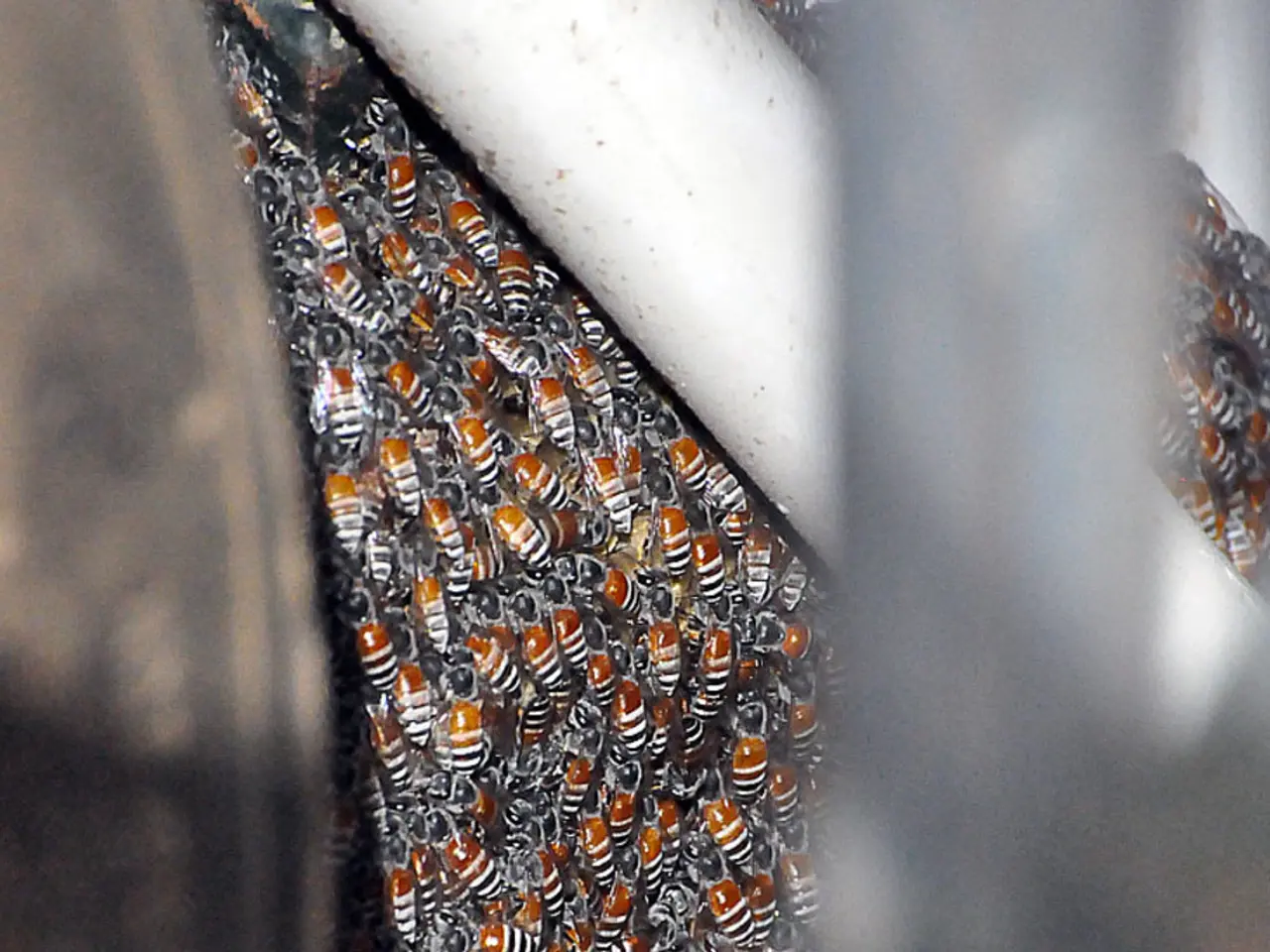Solutions for Sustained Erection Relief
Unwanted erections can be a source of discomfort and embarrassment for many, especially among children and adolescents. However, there are several effective methods to manage these situations, ranging from lifestyle changes and physical techniques to medical interventions and behavioural therapies.
For those experiencing frequent unwanted erections, it's crucial to consult a healthcare provider as there may be an underlying cause. Medications like phosphodiesterase type 5 inhibitors (PDE5 inhibitors) can help manage erections by reducing their frequency or intensity, although they are primarily used for erectile dysfunction. In some cases, Botox injections have been used to relax muscles and potentially reduce unwanted erections, although this is less common.
Lifestyle changes can also play a significant role in managing unwanted erections. Taking a cold shower, for instance, can help reduce blood flow to the penis, thereby reducing an unwanted erection. Engaging in distracting activities or practicing relaxation techniques like deep breathing can help reduce arousal. Physical activity, particularly non-sexual, can divert blood flow and reduce unwanted erections.
Behavioural therapies, such as psychological counseling, can help address underlying issues that may contribute to unwanted erections. Practicing mindfulness and meditation can help manage stress and reduce unwanted arousal.
Physical techniques like pelvic floor exercises, such as Kegel exercises, can help control erections. Wearing briefs or other tight-fitting clothing can help compress the penis and reduce unwanted erections.
Parents play a vital role in helping their children manage erections, especially in public settings. It's important to talk openly about erections and help children understand how to manage them discreetly.
In some cases, unwanted erections may last for more than 3 to 4 hours, a condition known as priapism, which may require emergency treatment. Most people will not notice an erection in a public setting, but covering it with a long jacket, shirt, or laptop can help reduce embarrassment.
Remaining calm can aid in reducing an unwanted erection. Distracting the mind with other thoughts, such as solving a mathematical problem, recalling a speech or poem, or solving a riddle, can also help. Gentle exercise, like running on the spot or doing squats, can help get rid of an unwanted erection for some people. Showering in cold water is a traditional remedy for getting rid of an erection, while a warm bath can help reduce an unwanted erection.
Meditation can help get rid of an erection and stop arousing thoughts. To meditate, one should breathe slowly and deeply, focus on the sound of their breath, and repeat a word or phrase.
In conclusion, while unwanted erections can be challenging, there are several effective methods to manage them. It's essential to consult with a healthcare provider to determine the best approach based on individual needs and health conditions.
- In some instances of prolonged unwanted erections, a condition known as priapism, immediate medical attention might be necessary.
- Other alternative therapies, like meditation, can help manage stress and reduce unwanted arousal.
- For people dealing with multiple sclerosis, diabetes, spondylitis, bipolar, Crohns disease, depression, or eczema, it's crucial to discuss any unusual health concerns, including unwanted erections, with their healthcare provider.
- While Botox injections are less common, they have been used in some cases to relax muscles and potentially reduce unwanted erections.
- Predictive science in health-and-wellness research is continually uncovering new approaches to managing disease symptoms, including unwanted erections.
- Aq, a selective cyclooxygenase-2 inhibitor, has shown potential in reducing unwanted erections in clinical trials, although more research is needed.
- Various physical techniques, such as Kegel exercises, can help control erections, leading to better management of unwanted situations.
- Engaging in sexual-health education, specifically discussing unwanted erections, can help children and adolescents understand how to manage these experiences with discretion.
- Incorporating mindfulness and relaxation techniques, like deep breathing and meditation, into daily routines can help decrease anxiety and reduce the likelihood of unwanted arousal.




